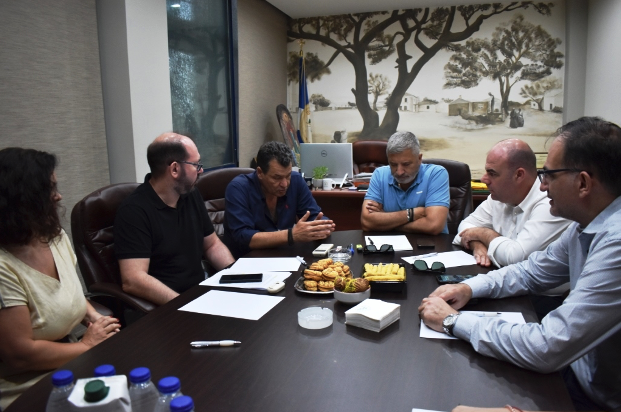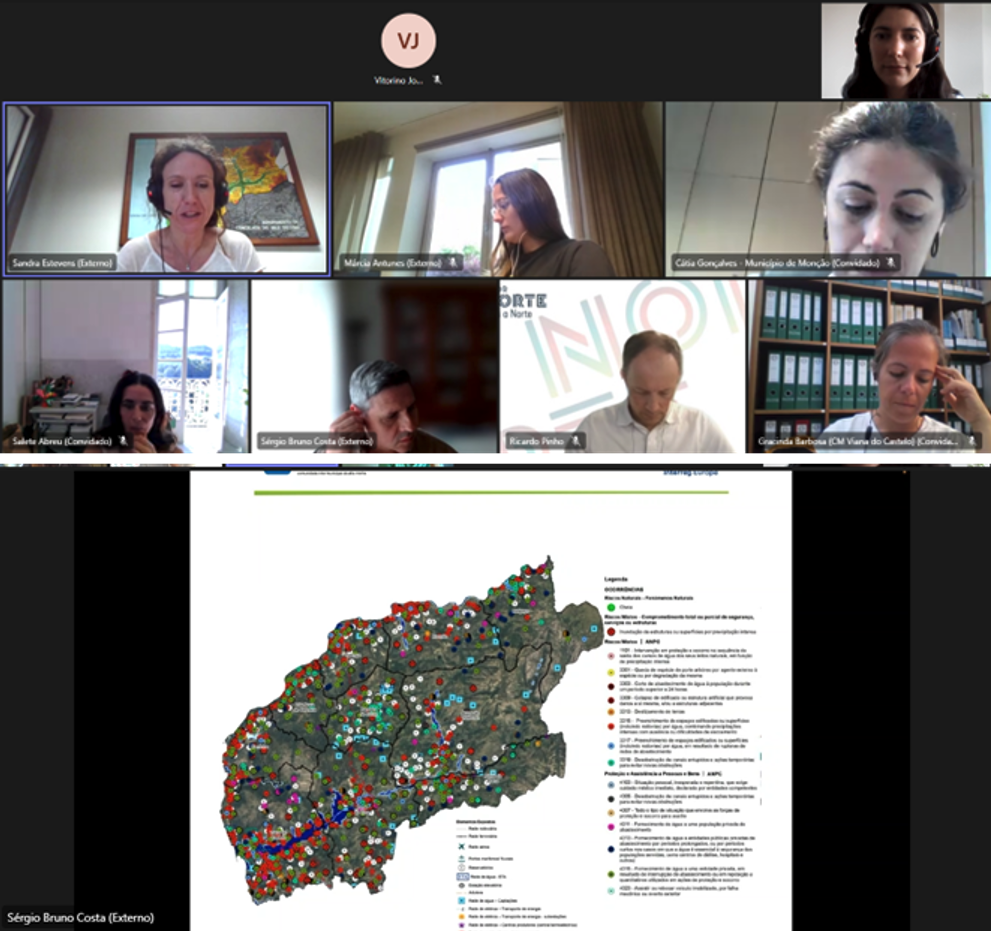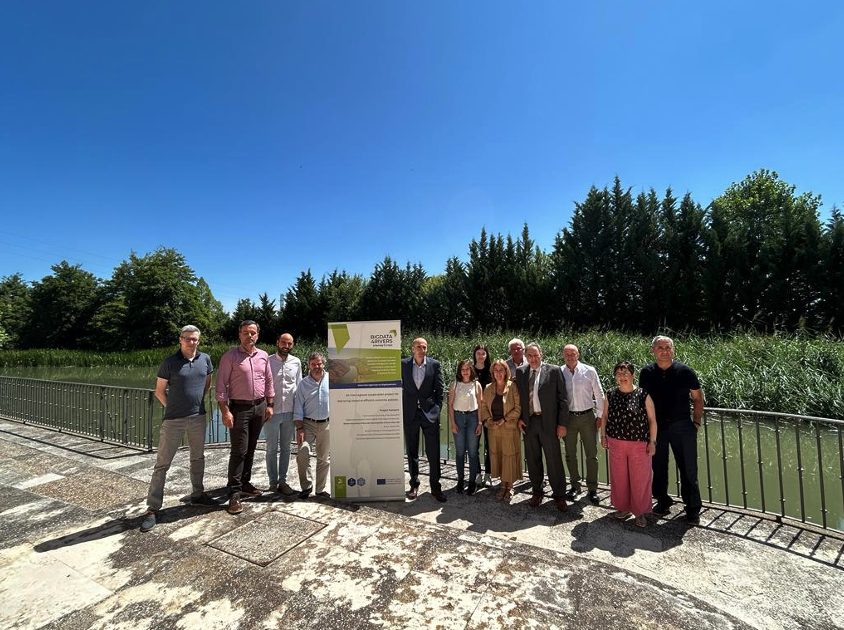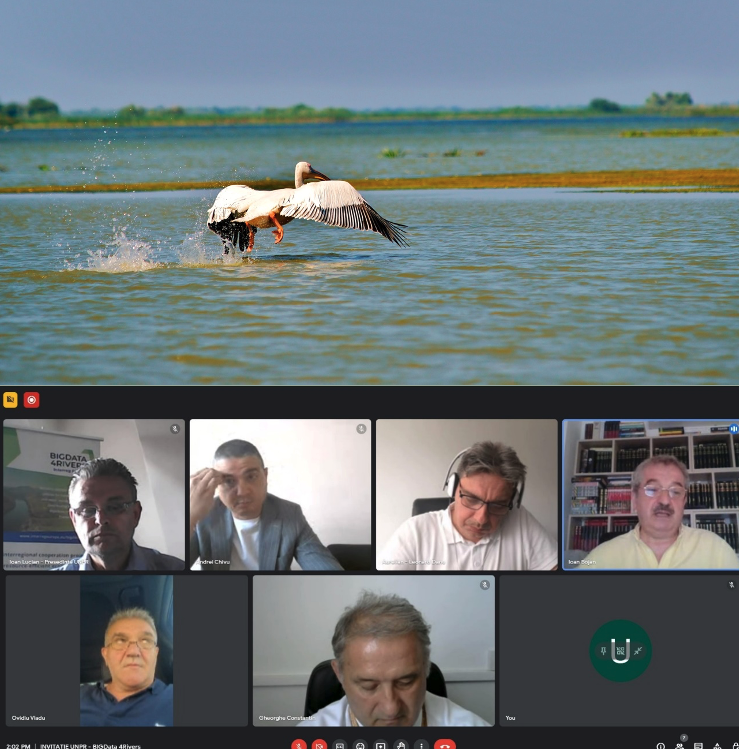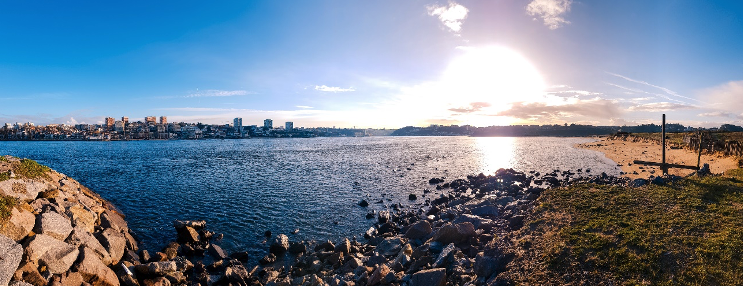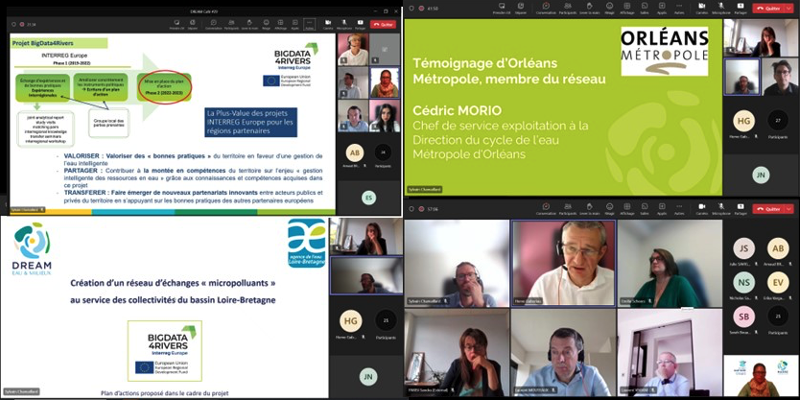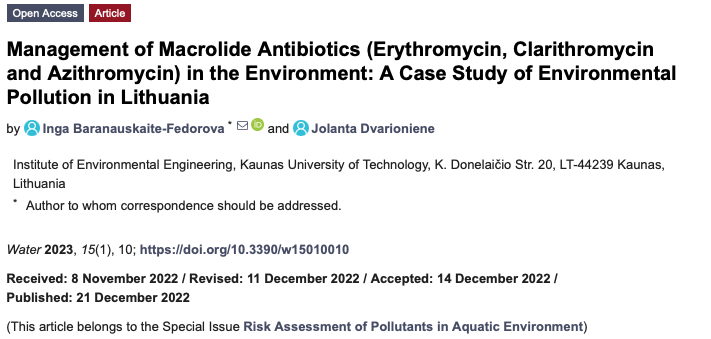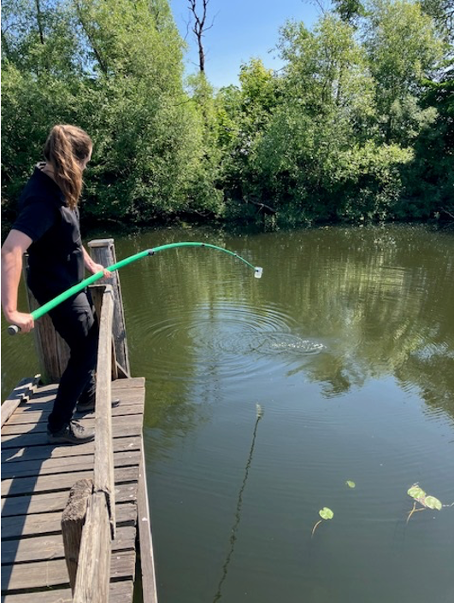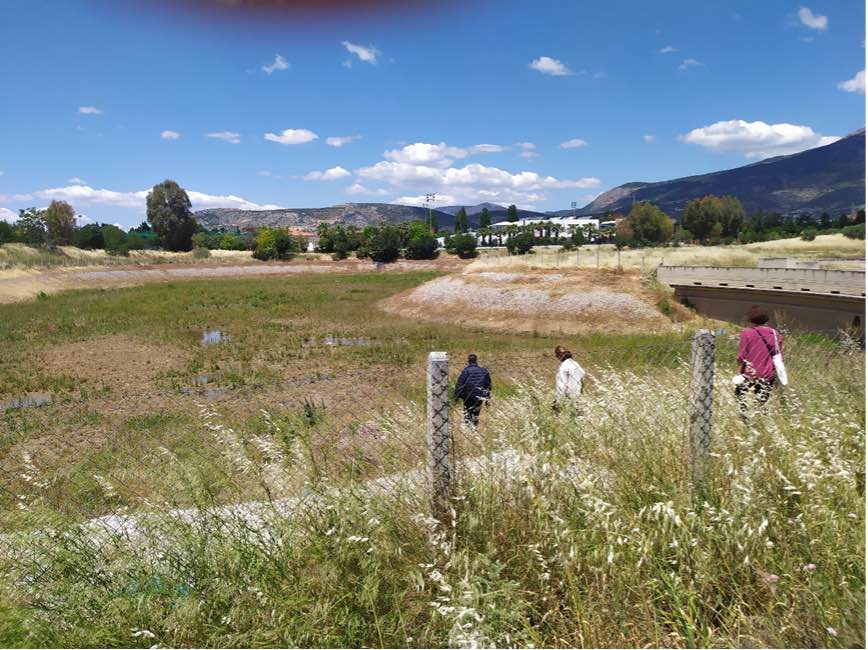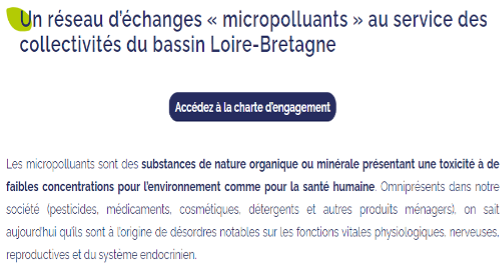Duration of the project: 04/2018 – 10/2020
Funding: Region of Attica
Theoretical Background:
Monitoring activities over several decades have revealed the ubiquitous presence of organic contaminants in environmental compartments. Since 1969, Asopos river basin, located in Sterea Ellada, north of Athens, has been the focus of many environmental studies, mainly due to the extensive industrial and agricultural activities that take place in this area. Potential untreated industrial discharges into the river, were linked to the detection of high Cr(VI) concentrations, causing potential carcinogenic effects. However, there was a lack of knowledge regarding the occurrence of chemicals of emerging concern and their potential risk to the ecosystem in the area of Asopos River Basin. Therefore, an extended monitoring study for the determination of inorganic and organic chemicals was needed to assess the quality of Asopos river Basin.
Aim of the project:
The aim of the project was the assessment of Asopos river Basin water quality, through the investigation of inorganic and organic chemicals. An in-depth contamination survey was carried out based on the profiling of WFD 2013/39/EC priority substances and the screening of emerging contaminants in different environmental compartments. The sampling campaign included the collection of a) water samples and sediments from Asopos river, b) groundwater samples from 6 municipalities of the basin area and c) drinking water of Mavrosouvala sources and its water network.
Sampling:
The sampling campaign was conducted from November 2018 to November 2019. In total 148 samples were collected during the seasonal campaigns. For the river water and sediments, two sampling points (R1 and R2), one close to industrial and agricultural activities, and one at the estuaries of the river were selected. Two portable autosamplers were used for collecting 24-h composite volume proportional river samples. The sampling campaign provided trend information for daily (sampling for 30 consecutive days) and seasonal trends (7 consecutive days in the beginning of every season). Thus, in total 102 river water samples were collected (30 days * 2 sampling points + (3 seasons * 7 days * 2 sampling points)). Moreover, sediment samples were collected, during every seasonal campaign. For the ground water samples, 12 sampling points were selected covering the area of Asopos river basin under the jurisdiction of the Region of Attica, whereas three sampling campaigns were conducted for collecting drinking water samples from 10 sampling points.

Analysis:
Several analytical methods and novel techniques were applied for the analysis of the samples. Target, suspect and non-target screening approaches were followed for the detection of thousands of priority pollutants and emerging contaminants, while advanced software and sophisticated tools were used for results’ extraction, detection of trends and data mining. Moreover, the risk of the identified emerging contaminants on the aquatic environment was evaluated following the EU risk assessment guidelines and a QSAR prediction tool (ToxTrAMS) developed in the Laboratory of Analytical Chemistry.

Results:
Overall, heavy metals were detected below 25 μg/L (Directive 2013/39/EC), and especially Cr (VI) levels did not exceed 10 μg/L in surface water samples. The HRMS analysis revealed the presence of 209 emerging contaminants in river water samples, mainly plant protection products, industrial chemicals, pharmaceutical and their metabolites/ transformation products. Intramonth variations were monitored based on their detection trend for the detection of spills, while the seasonal profile of contaminants into the river was also investigated. Among the detected compounds, atrazine, chlorpyriphos ethyl, DDT, nonylphenol, terbutryn, PFOS and simazine are included in Directive 2013/39/EC and environmental quality standards for surface water are set. Moreover, thiamethoxam, imidacloprid and clothiandin, penconazole, fluconazole and trimethoprim are included in the European Watchlists of 2018 and 2020. Based on the risk assessment results, DDT, terbutryn and PFOS exceed the limits of the European directive, while 52 additional contaminants may pose and environmental risk. Target analysis results showed that 93 and 50 contaminants were present in groundwater and drinking water samples, respectively, at ng/L levels, indicating that the water quality of Asopos river Basin is highly affected by the quality status of the river.
Research team (TrAMS group, Laboratory of Analytical Chemistry of NKUA):
Varvara Nikolopoulou, PhD researcher
Maria-Christina Nika, Postdoctoral Fellow
Reza Aalizadeh, Postdoctoral Fellow
George Koulis, PhD researcher
Eleni Panagopoulou, PhD researcher
Marios Kostakis, Postdoctoral Fellow
Chryssa Kanakaki, Postdoctoral Fellow
Androniki Vrettou, MSc Student


